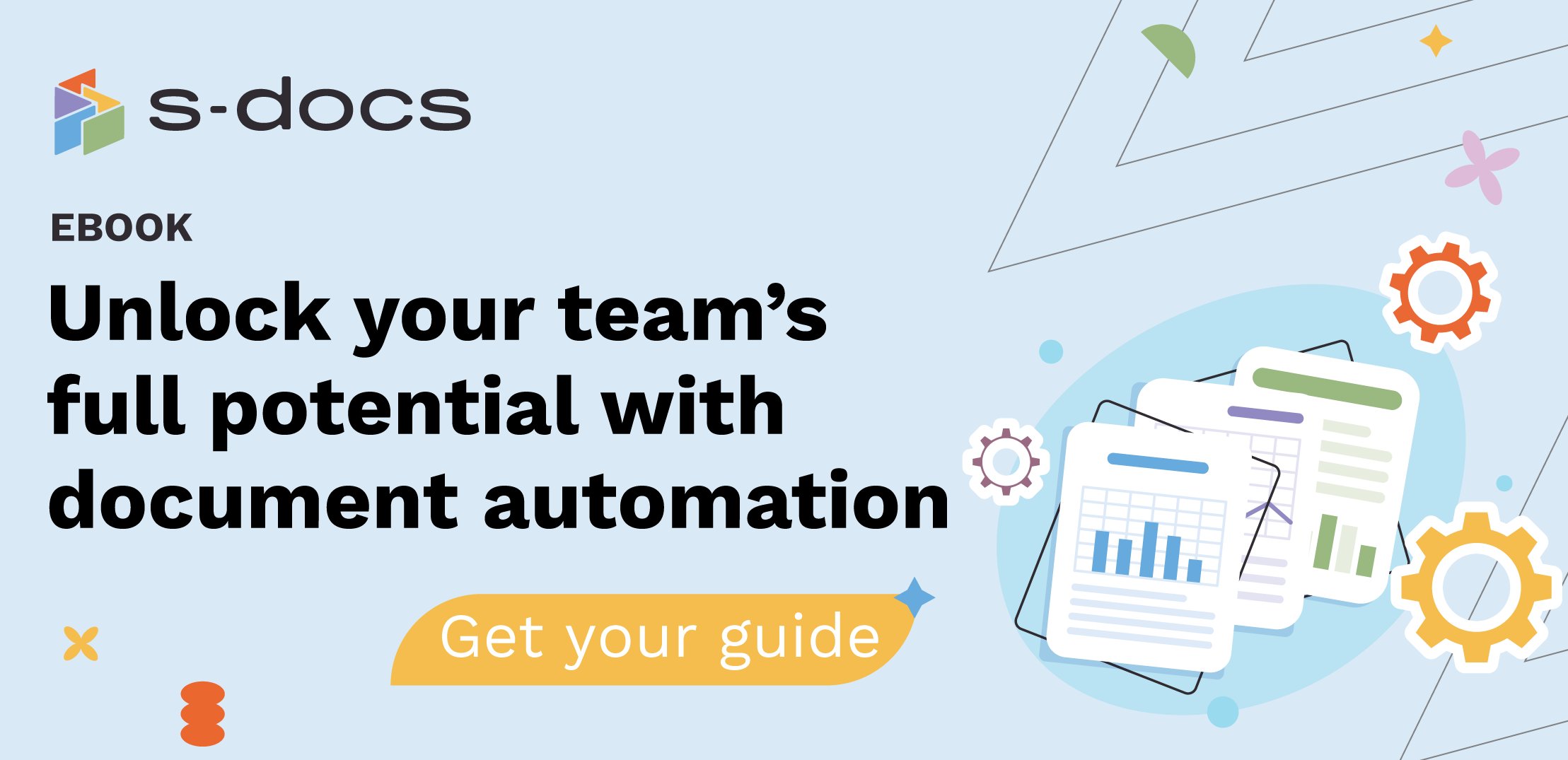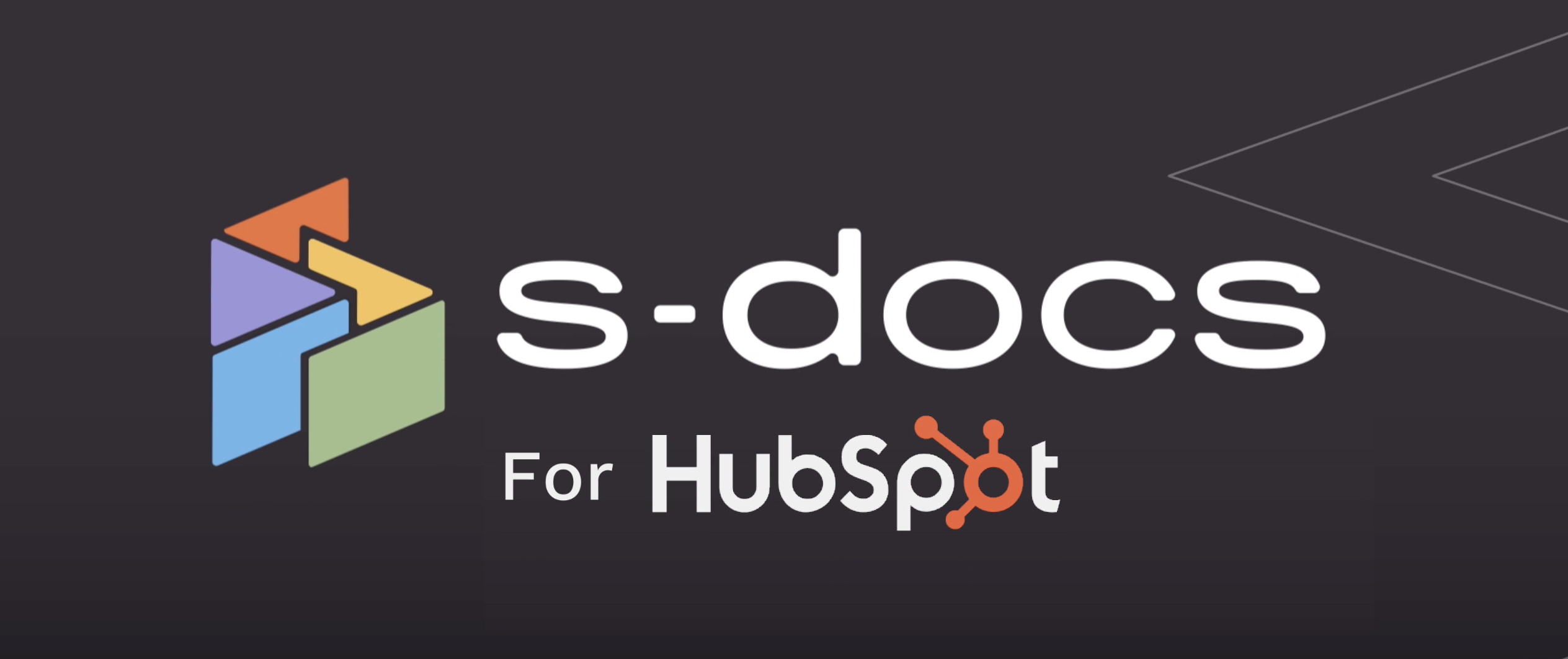As the insurance industry navigates the complexities of a digital-first world post-pandemic, the significance of strategic expense management and embracing efficient practices becomes paramount. Among the myriad challenges, the industry grapples with the immense reliance on paperwork, a facet not inherently conducive to remote work, efficiency, or productivity—crucial elements in today's competitive landscape.
Document automation emerges as a beacon for the insurance sector in 2024, offering enhanced cybersecurity, compliance assurance, increased efficiency, and seamless adaptability to remote work—a confluence of imperatives for sustaining competitiveness.
Where Does Document Automation Come In?
Insurance companies need to manage their expenses carefully in today's economic climate, being strategic about how they embrace the digital-first world.
Few industries are as reliant on paperwork as insurance. Thousands of documents need to be processed each day, including policy applications, policyholder agreements, claims forms, customer correspondence, and much more. Paperwork is not friendly to remote work, nor is it particularly warm toward efficiency and productivity -- all of which have become vital to get right.
Document automation software for the insurance industry is one of the few digital solutions that needs to be prioritized in 2024. It brings better cybersecurity and compliance, increased efficiency, and seamless remote work to the table -- all necessities for moving the bottom line and staying competitive this year.
Let’s dive a little deeper into why insurance companies should invest in document automation in 2024.
Ensure Compliance With Document Automation
Insurance companies are bound by regulatory policies -- lots of them. Documentation errors can result in legal action, expensive fines, and negative customer experiences. “Not in good order” (NIGO) documents can cost 3-4 times more to process than documents that are error-free.
Unfortunately, maintaining compliance with every applicable law by hand isn’t just difficult. It’s nearly impossible. That’s where document automation comes in to save the day: it takes the guesswork out of compliance concerns. How does this work?

- Document automation solutions like S-Docs use premade templates with data tags that automatically pull information from your CRM and place it exactly where it needs to be. No copy-pasting = no human errors.
- Document automation solutions can run business rules that catch errors before they happen. These same business rules can be used to dynamically modify your insurance documents based on predefined conditions.
- Document automation solutions ensure that your remote workforce maintains compliance with your policies and the law. You can control who has access to create which documents, when they can be created, who they can be sent to, and much more.
You Might Also Like: 5 Security and Compliance Benefits of Salesforce Document Automation
Increase Efficiency and Meet Consumer Expectations with Document Automation
There’s a reason manual paperwork is always used as the “boring work” trope: it’s tedious, and it takes much more time than it should.

Document automation can drastically cut down the time it takes to create documents like claims and litigation forms, loss adjuster documentation, policy quotes, and notification letters -- in some cases, from days to minutes. You get increased productivity for less effort, and free up your employees for more important tasks.
As consumer expectations rise, only the most efficient companies will be able to keep up. In an industry that does business through paperwork, efficient document processes are a must.
Improve Your Cybersecurity with Document Automation
Cybersecurity was a growing concern for insurance before the pandemic, but now that employees are accessing your data systems remotely, it’s more important than ever. Data breaches are costly (as much as $14.8 million on average), and they’re much more likely to happen when sensitive data is in transit, such as from your CRM to a document stored on an employee’s local device.
Document automation applications compile your documents in the cloud, meaning your sensitive customer data doesn’t need to be handled manually. They’re also able to encrypt documents for added security.
You Might Also Like: Salesforce Data Security Best Practices for Financial Services
To really supercharge your data security efforts, look for document automation apps that are native to the platform where you store your customer data. Native apps ensure that your data is never in transit; they process everything within the system where it’s already stored.
Take S-Docs for example. It’s 100% built on the Salesforce platform, meaning that if you use Salesforce for insurance, your insurance documents are created entirely within your Salesforce instance. There’s no whitelisting 3rd party web connectors or using up API calls required. By using an app like S-Docs, you’re able to give your IT team peace of mind, and ensure that the vital process of document creation won’t compromise your business.
Improve Your Customer Communications and Gain a Competitive Advantage with Document Automation
Customer service is an important part of the insurance industry. As consumer expectations grow and fast, relevant engagement continues to become the norm, manual communications are quickly being phased out. Remaining competitive requires digital transformation.
Document automation solutions allow you to automate the generation and distribution of your customer communications, from emails to notification and renewal letters. Customer actions on your website or insurance portal can trigger different forms to be sent out at the appropriate time. And because insurance document templates pull data from your CRM, they’ll always be customized and tailored to each individual.
You Might Also Like: How To Design a Professional Quote in Salesforce
Increase Your Bottom Line With Document Automation
Document automation can help increase your bottom line in a few ways. For one, the immense amount of time saved by automating insurance documents increases productivity in more valuable areas.
Additionally, document automation can help move sales quicker. Automated insurance policy quotes, contracts, and bills help salespeople provide relevant information to their customers quicker and keep deals moving. Most insurance document automation solutions allow reps to track metrics for their documents like number of opens, giving them the opportunity to make intelligent decisions about next steps in the sales process.
Finally, many document automation applications offer proprietary e-signature applications, or easily integrate with third-party providers. E-signatures remove the bottlenecks associated with closing deals, allowing anyone to sign an agreement no matter where they are.
Empower Remote Work With Document Automation
Remote and hybrid work will likely be with us for some time to come. Equipping your employees with the best tools to get their jobs done from home is essential to business continuity. For the insurance industry, this means enabling the remote workforce to create and distribute documents in a safe and secure way. Outside of tedious, complex workarounds, document automation solutions are the way to go.
2024 & Beyond
Insurance companies should be focusing on developing strategies to enable productivity, collaboration, and innovation now so that they can emerge on top. Those who prioritize digitally transforming the right way will ultimately be the ones to succeed.
S-Docs: Document Automation For The Insurance Industry
S-Docs is the only 100% native document automation and e-signature solution for Salesforce. S-Docs allows you to create, edit, and automate data-driven insurance document templates in just a few minutes.
Since it’s native to the Salesforce platform, your data stays within your org. If you trust Salesforce, you can trust S-Docs, too. Hundreds of leading insurance organizations have partnered with S-Docs for their Salesforce document automation needs because of the increased speed and security that our solutions bring to the table.
If you’re ready to experience the native difference with S-Docs, reach out! Request a demo today or contact sales@sdocs.com. Happy automating!






